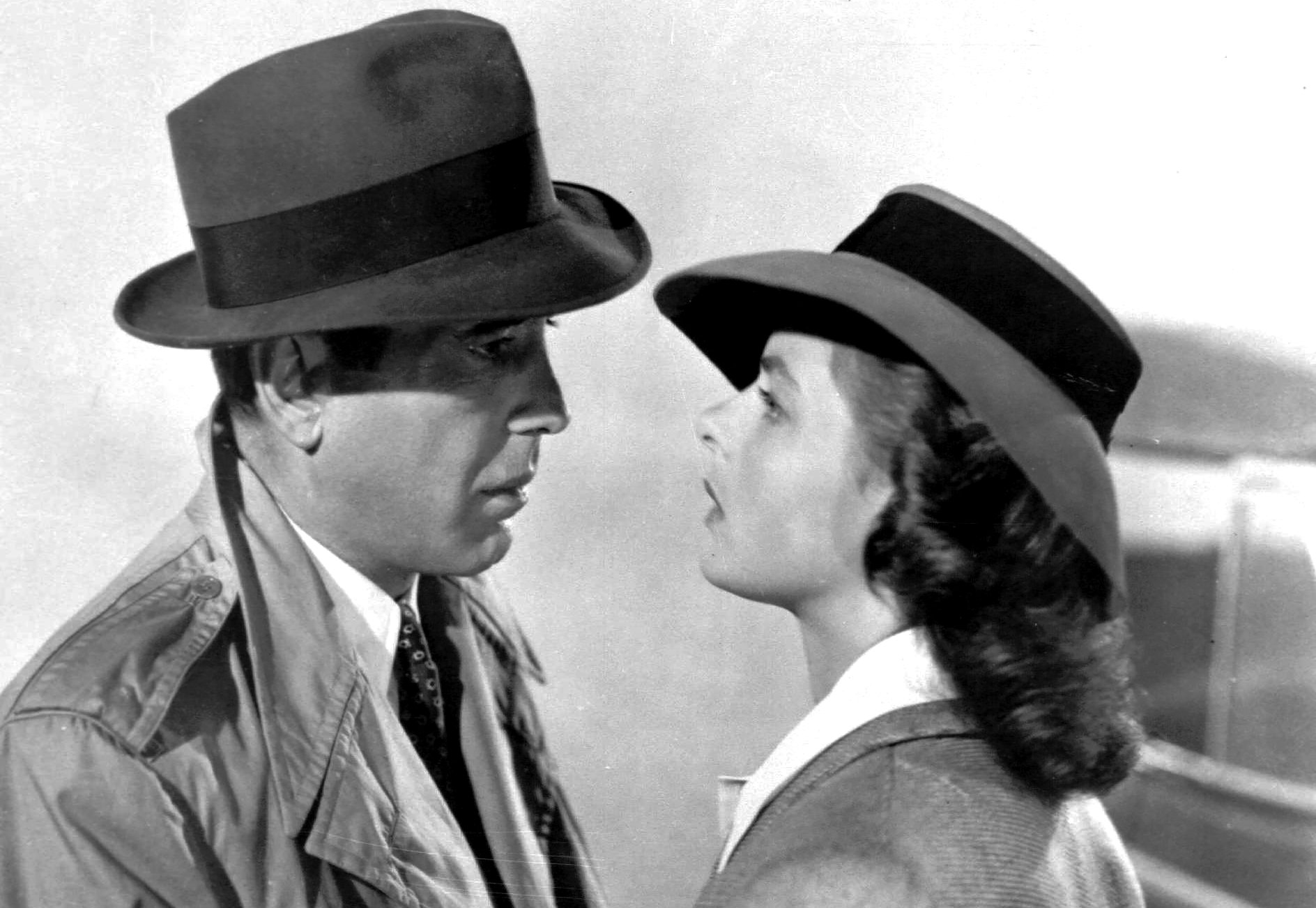Arthouse cinema junkies are going into withdrawal. FilmStruck, an underground cinema streaming service, announced their plan to close on Nov. 29 and are no longer enrolling new members. FilmStruck is an online streaming service that provides a monthly subscription to an oasis of hard-to-find films, ranging from underground indie flicks to American classics, even spanning to foreign cinema.
Their library of movies is the result of a joint collection between the Criterion Collection and Turner Classic Movies. Its short-lived presence online has come to a sorrowful end, and its subscribers are not happy. The mournful cinephiles refuse to accept the news without a fight.
FilmStruck began its services in November 2016. Over the past two years, the site has accumulated around 100,000 loyal subscribers. The basic FilmStruck package went for $6.99 per month and, for a few dollars more, subscribers could get the Criterion Collection as an add-on. Accessible through Apple TV, Amazon or their personal app, FilmStruck was as mobile and easy to watch as Netflix or Hulu. It was also focused on quality rather than quantity. Therefore, the viewer was able to access Charlie Chaplin’s classic shorts, an array of Akria Kurosawa and even a selection of LGBTQ films. FilmStruck was the Netflix of classic cinema, yet it was unable to hold its own.
Warner Media Group had backed FilmStruck, providing movie buffs with an impressive collection that was given as fast as it was taken away. It wasn’t until a merger between the Warner Media Group and AT&T that the ultimate decision to shut Filmstruck down was enacted. DramaFever, a streaming service unlike anything offered in America before that features Korean, Chinese and Japanese films, was also shut down after nine years of service. As AT&T likes to say of these “niche” sites, they aren’t financially worth their time or effort. “While FilmStruck has a very loyal fanbase, it remains largely a niche service. We plan to take key learnings from FilmStruck to help shape future business decisions in the direct-to-consumer space and redirect this investment back into our collective portfolios.”
While 100,000 subscribers sound like a big number, it’s not financially impressive to a company as big as AT&T. It was hard for FilmStruck to compete against powerhouse streaming services like Netflix and Hulu. Netflix has roughly 57 million subscribers, and Hulu trails with 20 million in America alone. The biggest advantage that Netflix and Hulu have over FilmStruck is their ability to produce new content, since FilmStruck serves more as a nostalgic keepsake for films worth revering and watching again. AT&T did not see it financially viable to continue its presence on the internet. Yet to the small amount of people who truly understood why FilmStruck was made, it’s sad to know it is not only enjoyable but necessary for the future of cinema.
Coleman Breland is the president of Content Experiences and President of TCM & FilmStruck at Turner Broadcasting System, Inc. He spoke passionately and progressively about FilmStruck’s initiative, saying, “One of the reasons we have FilmStruck is helping a new generation, a younger generation fall in love with films…If you love films, you’ll love FilmStruck.” His message genuinely spoke to a younger audience.
Chase Chancellor, a film student at Savannah College of Art and Design in Savannah, Georgia, has been a subscriber to FilmStruck for a year and is heartbroken about the news. “I’d never had such easy access to movies that I never would have known existed or seen without FilmStruck,” said Chase. “Not only were there watchable films from the great Criterion Collection, but even other movies that never got the recognition they deserved.”
In his year spent with FilmStruck, Chancellor was heavily influenced as an artistic creator. He fears that a disappearance in classic cinema, currently being seen through the closure, will have a monumental effect on the future of film. “It’s a shame because one of my fears as a lover of film is that if we can’t manage this treasure chest of cinema that so often gets left ignored, overtime so many great pieces of art that would never be digitized for streaming platforms like Netflix will be forgotten,” he said.
FilmStruck will discontinue service on 11/29/18. If you are a current subscriber, please visit https://t.co/ht0FF065M9 for refund information. It has been our pleasure bringing FilmStruck to you and we thank you for your support. pic.twitter.com/J9lGX23V3Y
— FilmStruck (@FilmStruck) October 26, 2018
Die-hard cinephiles will not be silenced by the unjust death. Directing icon Guillermo del Toro and Broadway star Barbara Streisand, both active proponents of the service, called for supporters to sign a petition to bring FilmStruck back via social media. There is no need to boycott any popular streaming sites — there is a similar site to FilmStruck for eager cinephiles itching for an arthouse hub replacement.
Kanopy is an even lesser known streaming service platform used by public libraries and educational universities; many colleges even include its services with tuition, although it’s not guaranteed at every college. Kanopy has a smaller library compared to FilmStruck, but it still offers many rare films. It even includes a selection from the esteemed Criterion Collection. If you’re interested, look into getting a Kanopy account through your local library or university (it’s free!).
The future of streaming indie films online seems to be disappearing, but its future lies in the hands of those who see film as it was initially made: for art. While this may be true, the young filmmakers of the future and arthouse supporters alike have a duty to harness historical cinema’s streaming potential through voice and action.
In the great words of Guillermo del Toro, “Don’t ‘mourn’ FilmStruck. DO something – sign the petition!” Follow this link to support classic, international and independent cinema.
















